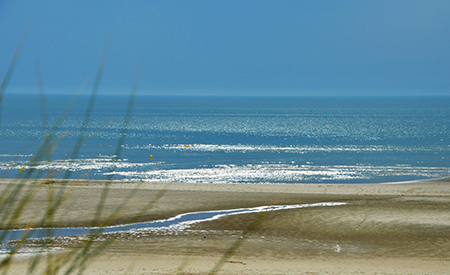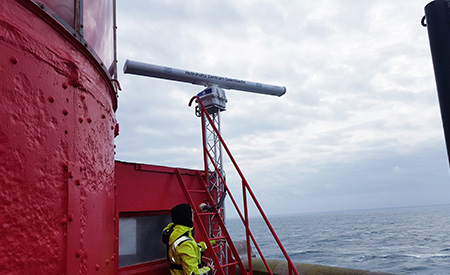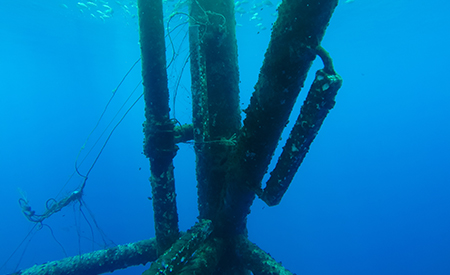Fixed offshore wind
Type of resources
Available actions
Topics
Keywords
Contact for the resource
Provided by
Years
Formats
status
-

This report presents the statistical study of the effects of the implementation of the Courseulles sur mer wind farm on the emergent properties of the ecosystem
-

This study investigated the effects of a spatial closure during the exploitation phase of an offshore wind farm in the extended Bay of Seine (English Channel, France) using Ecospace, a spatially and temporally explicit module of Ecopath with Ecosim.
-

This paper presents the assessment of potential impacts of changes in species distribution by climate change on the extended Seine Bay ecosystem.
-

The objective of the DiMe project was to improve the characterisation of extreme sea states with breaking waves by combining observations and modelling.
-

Conclusion and recommendation report resulting from the results of the ANODE project and published by FEM editions
-

This study is a numerical experiment to evaluate the sensitivity and specificity of a set of ecosystem indicators, including ANS, to fishing pressure.
-

This document briefly presents the methodology used to build the Ecosim and Ecospace models representing the extended Seine Bay ecosystem as well as the main results.
-

Spatial study and sensitivity of network indices to wind farm closure and climate disruption using an Ecospace model
-

This document identifies gaps in knowledge and emphasizes the need for long-term monitoring of marine mammals in order to better understand the impacts of wind turbines on them
-

The objective of the COME3T project were: • To provide elements of expertise, synthesis and recommendations on the identification of environmental priority issues for the ORE through the establishment of a lead neutral experts committee. • To install a French and unique network of experts that can be consulted by all ORE stakeholders.
 Catalogue PIGMA
Catalogue PIGMA